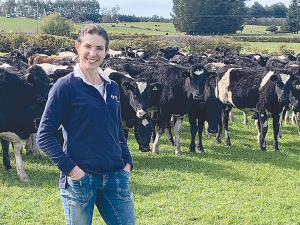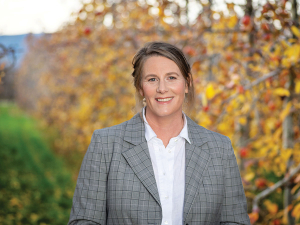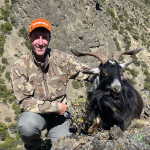Bovine viral Diarrhoea (BVD) is a common but devastating viral infection of cattle in New Zealand.
BVD’s most costly impacts are on pregnant cattle and their unborn calves. It is estimated in recent economic modelling that the cost of a BVD outbreak in a naive beef herd is set at $41 per mixed-age cow per year.
The largest cost of BVD to a beef farmer is via production and stock losses. When pregnant cows are infected with BVD prior to 35 days of gestation, the pregnancy is usually lost. When infected between 35 and 125 days of gestation, BVD infection most often causes the calf to become persistently infected with the virus (a “PI”). PIs go on to shed the BVD virus in their saliva, faeces, and reproductive secretions for their entire lives and are the source of future BVD transmission to other naïve cows or herds.
PIs also suffer from persistent ill thrift and typically die before reaching slaughter weight. Non-pregnant animals are also affected by BVD exposure and infection. Young stock that are infected can have reduced growth rates. Affected cattle are also more likely to be suspectable to other diseases, therefore, a BVD incursion affects all animals on the farm.
When a pregnant cow is infected with BVD beyond 125 days of gestation, sometimes the calf is born normal. However, it could also suffer from birth defects, such as stunting, eye abnormalities, and immune suppression – which may limit its productivity and increase the risk of being culled.
So, protecting pregnancies is critical for BVD control; there is never a good time for a pregnant cow to get BVD.
You can protect pregnant cattle with vigilant biosecurity, or by vaccinating cows and heifers prior to mating with a BVD vaccine that has a label claim for foetal protection against BVD.
Recent work revealed that 63% of New Zealand beef herds had recent or ongoing exposure to BVD. Often, the source of the recent BVD exposure isn’t obvious, and most beef farms have biosecurity risk factors that allow for intermittent BVD exposure to the herd. Examples include an undetected PI in the herd, over-the-fence contact with other cattle (i.e. neighbouring properties) and onto-farm cattle movements including having dairy grazers.
Biosecurity for pregnant animals means preventing them from having contact with any cattle of an unknown BVD status (i.e., any potential PIs). To ensure good BVD biosecurity, all animals which pregnant cattle have contact with should be BVD virus tested negative.
Also implement barriers, such as boundary fences with outriggers, and always separate pregnant cattle from untested animals. If you share yards or equipment with cattle of an unknown BVD status, cleaning and disinfecting between mobs, and spelling facilities you can’t disinfect for 7 days will minimise the risk of BVD transmission.
Most farms In New Zealand are not biosecure, in fact research into risk factors for BVD found only 2.1% of farms in the country were completely closed. This means there is risk for diseases, including BVD, to be introduced onto farms.
If strict biosecurity isn’t always possible, nor is testing and culling of all PI calves before the planned start of mating (which is the case in the majority of beef herds), then vaccinating cows and heifers prior to mating each year with a BVD vaccine is the best option.
A vaccine that provides foetal protection will prevent transmission of BVD virus through the placenta to the calf, which means that even if the dam is exposed to BVD during pregnancy, the pregnancy should be protected.
Bovilis BVD vaccine has demonstrated 6 months of foetal protection following the initial sensitiser and booster and 12 months of foetal protection following a third dose (for example, an annual booster). This is the longest demonstrated duration of foetal protection available in New Zealand.
Twelve months of foetal protection covers the herd’s entire risk period for PI formation and continues to protect pregnancies from the late gestation effects of BVD. Furthermore, vaccinating so your herd has 12 months of foetal protection provides flexibility around the timing of the annual booster. If you need to give your annual herd booster pre-calving rather than pre-mating, the subsequent mating season’s unborn calves will still be protected from BVD.
There’s never a good time for a pregnant animal to get BVD. Protecting pregnant cattle throughout gestation with biosecurity and/or vaccination, and testing calves is the only way to break the cycle of BVD transmission in the longterm and to minimise the impact of BVD exposure.
Dr Penny Mehrtens is a veterinary advisor, for MSD Animal Health











